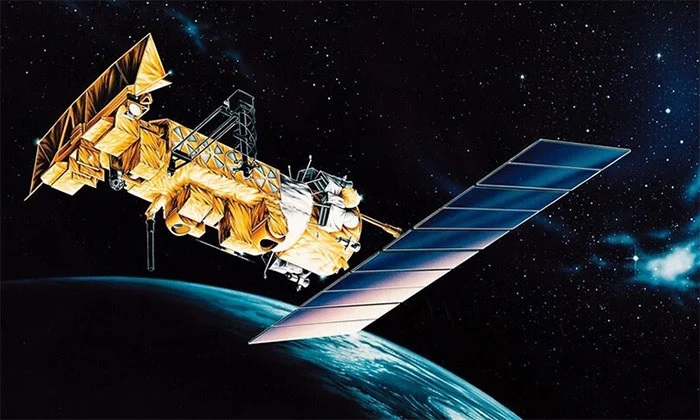The National Oceanic and Atmospheric Administration (NOAA) said the NOAA-17 weather satellite had disintegrated into at least 16 fragments.
Launched in 2002, the NOAA-17 operates in polar orbit at an altitude of 800 km, responsible for monitoring meteorology, hydrology, the space environment and providing weather forecasting services. The satellite completed its mission in 2013 and after eight years in orbit, it officially disbanded on March 10, according to observations from the 18th Force Space Control Squadron (18 SPCS).
“At this point, the debris poses no threat to the International Space Station or other important space assets,” NOAA said in a statement.
However, this agency did not give any details on the cause of the problem. In the March 19 report, 18 SPCS added that there was no indication that a collision triggered the satellite to disintegrate.
NOAA weather satellites typically have a design life of 3 years, but can extend their mission multiple times. Besides the NOAA-17, its predecessor, the NOAA-16, was in orbit for 14 years before crashing in 2015.
“When a satellite stops working, we turn off all of its transmitters, disconnect the battery, open the pusher to drain the nitrogen and move the solar panel away from the sun. This helps ensure that the satellite is as inert as possible, reducing the risk of radio frequency interference with other satellites, ”adds NOAA.


